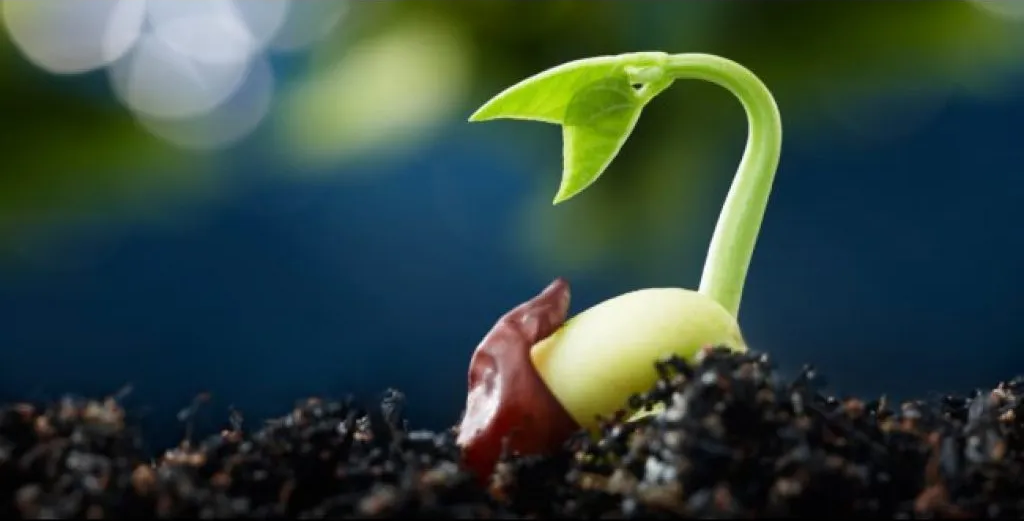Seed Dormancy is an inherited property of seeds that prevents the seed from germinating even if all the environmental conditions favourable for seed germination are present. It is controlled and regulated by certain dormancy-related genes at the genetic level with a substantial environmental and hormonal influence.
This article will help you understand the main concepts of seed dormancy and the various factors responsible for it.

Index
What is Seed Dormancy
It is defined as the inability of a viable seed to undergo germination. Dormancy is the condition when there is a lack of germination in seeds or even though the required parameters such as temperature, humidity, oxygen levels, and adequate light are provided.
It is supported by the physical features of the seed like the impermeability of the hard seed coat or the lack of supply and activity of enzymes necessary for a seed to germinate.
Some ripened seeds fail to germinate when placed under favorable environmental growth conditions. In these types of seeds, initiation of growth is arrested by internal conditions within the seed.
What Causes Seed Dormancy
Seed dormancy can be caused by a number of biotic and abiotic factors.
- Temperature and Light
- Hard seed coat
- Presence of Inhibitors of germination
- Post ripening period
- Immaturity of the Seed embryo
- Impermeability of seed coat to oxygen and water
Types of Seed Dormancy
It can be categorized based on the type of dormancy as mentioned below:
- Induced Dormancy: This is the condition when a seed has taken up water but is placed in severely unfavorable germination conditions. Then, even when the seed is put in more favorable conditions, the seed fails to germinate.
- Innate Dormancy: It is the condition of seeds that are incapable of germinating due to inheriting certain factors. The seed fails to germinate despite the presence of conditions suitable for the growth of the seedling.
- Enforced Dormancy: It is the condition of seeds that are unable to germinate due to various environmental constraints such as a lack of appropriate moisture, light, oxygen, and proper temperature.
Methods of Breaking Seed Dormancy
There are several methods and treatments done to overcome this condition. These methods are given below:
Treatment for Seeds with Hard Seed Coat
- Scarification: It is the process of removing the seed coat by mechanically breaking them. As a result of this, the hard seed coat becomes permeable to water and gases.
- Treatment of the seeds with hot water or sulfuric acid for a short period softens the seed coat soft, thus allowing the entry of water and oxygen.
Treatment for Seeds with Light Sensitive Seeds
- Exposure to white light: Upon exposure to white light once the seeds have imbibed 30-40% moisture, break the dormant condition.
- Exposure to red light: A brief exposure to a very low intensity of light such as red light is effective for overcoming this condition.
- Treatment with plant growth hormones: Application of gibberellic acid and kinetin can promote seed germination and thus help break dormancy.
Treatment for Temperature Sensitive Seeds
- Stratification: The process of incubation of the seeds at an appropriate low temperature to break their dormancy is known as stratification. Before exposing to a low temperature, such seeds are allowed to imbibe water. This method is also called vernalization.
- Presence of gibberellic acid: An inhibitory hormone, gibberellic acid is secreted, which promotes seed germination. Thus, the chilling requirement can be replaced through the application of gibberellic acid.
- Use of growth-promoting chemicals: Chemicals such as potassium nitrate, thiourea, and ethylene break this condition and induces germination.
Importance of Seed Dormancy
Dormancy is important for plants for the following reasons:
- It keeps the seed viable for a long period of time thus ensuring a steady supply of new plants all year long. So in case, the older plants may die off due to various natural calamities, growing new plants remains possible.
- The seeds can be preserved for later use.
- Desert plants benefit to a large extent from the dormancy produced by inhibitors found in seed coats.
FAQs
It is an inherited property of seeds that prevents the seed from germinating even if all the environmental conditions favourable for seed germination are present.
The plant hormone abscisic acid (ABA), induces seed dormancy.
The plant hormone Gibberellins are responsible for breaking this condition.
Related Topics:
